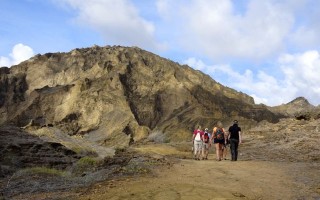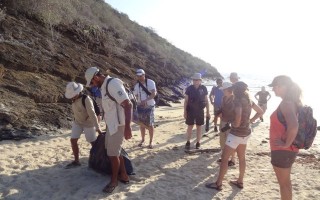
Cruising the Galapagos Islands is for those who seek nature, adventure and an active vacation. One-week cruise aboard The Letty, a 20-passenger yacht run by Ecuador based company, Ecoventura will show you the very best of islands flora and fauna. Expect to get up close with animals and marine life, enjoy delicious meals and learn […]
view the post

Often times, once a destination gains popularity, tour companies and travelers pour in from around the world, threatening the sanctity of the place. Finding a balance between allowing for outside visitors and not destroying the natural habitats, can be a challenging feat. It was however, humbling to see the extent of preservation initiatives in the […]
view the post